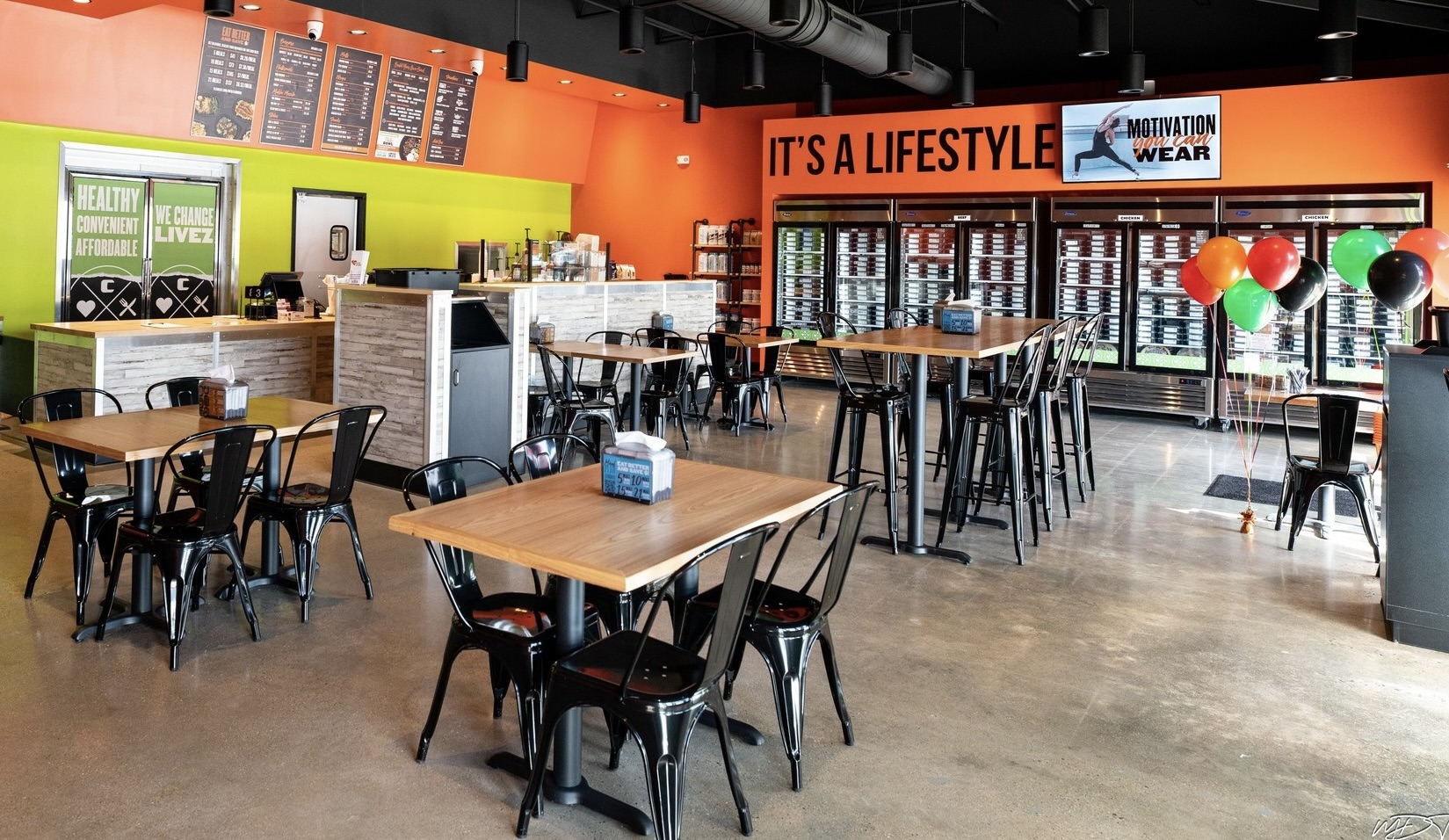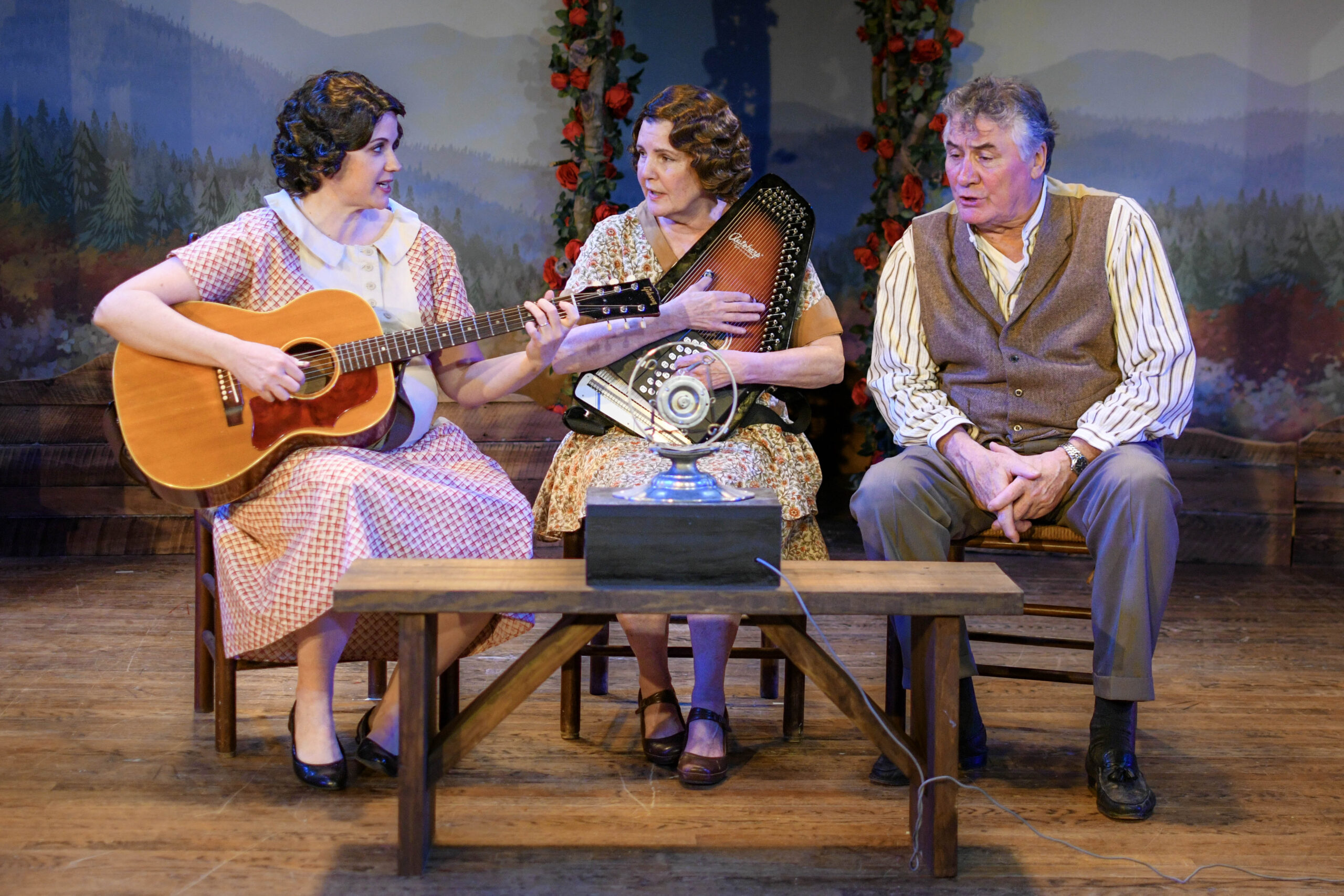Colonial Williamsburg and Yale University Press have co-published a major new work, “Painters and Paintings in the Early American South.” The book, written by Carolyn Weekley, Colonial Williamsburg’s Juli Grainger Curator, is a companion to the exhibition of the same name now open at the DeWitt Wallace Decorative Arts Museum.
The first comprehensive study of the subject, “Painters and Paintings in the Early American South,” gathers into one volume a large body of work relating to art and artists dating from 1564 to about 1790. It includes not only portraits — the predominant genre during much of the period — but also seascapes and landscapes and pictures made by explorers and naturalists. The book includes more than 300 illustrations, some never published before.
Weekley’s interest in the study of antique objects dates to her early childhood when she collected arrowheads along Virginia’s York River.
“Carolyn’s scholarship has plumbed a broad range of topics, but the art of the South always remained at the core of her curatorial curiosity,” writes Ron Hurst, Colonial Williamsburg’s vice president, collections, conservation and museums and Carlisle H. Humelsine chief curator. “This volume is the ultimate expression of that intellectual focus. With its insights and revelations, it will become a standard reference on the subject.”
Prior to joining Colonial Williamsburg, Weekley held key positions at the Museum of Early Southern Decorative Arts in Winston-Salem, N.C., and the Virginia Museum of Fine Arts in Richmond.
Weekley draws on earlier studies of artists as well as new research with diaries, client letters, newspapers and other sources. She explores the stylistic trends of the period, comments on the lives of the sitters as the pursuit of gentility spread from the richest Southerners to the middle class and discusses the varying status and training of the painters. She reveals the web of relationships — a quintessential characteristic of paintings and painters in the early South — connecting sitters, friends and relations, clients and artists, and other artists.
“Painters and Paintings in the Early American South” includes work primarily from the settlements along the east coast from Maryland to Florida but also from those along the Gulf Coast and the areas of present-day Biloxi and New Orleans and some newly settled areas to the west. The 448-page book includes more than 350 photographs and illustrations and is available for $75 at WILLIAMSBURG Booksellers in Colonial Williamsburg’s Visitor Center, 101 A Visitor Center Drive, Everything WILLIAMSBURG in Merchants Square, the Museum Gift Shop at 326 W. Francis St., online at www.williamsburgmarketplace.
The book and exhibition were made possible by a generous gift from Juli and David Grainger and The Grainger Foundation of Lake Forest, Ill. Colonial Williamsburg’s DeWitt Wallace Museum of Decorative Arts houses a variety of fine objects, including the world’s largest collection of Southern furniture and one of the largest collections of British ceramics outside England. The museum is located at 326 W. Francis St. in Williamsburg. The exhibition closes Sept. 7, 2014.
The Colonial Williamsburg Foundation, a center for history and citizenship, is a not-for-profit educational institution and cultural destination. The Foundation is dedicated to promoting the importance of an informed, active citizenry. Its mission, “that the future may learn from the past,” is realized through offering innovative, imaginative and interactive experiences – both on- and off-site – designed to educate guests about the importance of the American Revolution. From the RevQuest: Save the Revolution! series of technology-assisted alternate reality games to the theatrical programming of Revolutionary City®, guests can become immersed in the drama of the American Revolution and discover the ongoing relevance of the past. Guests can also visit the Art Museums of Colonial Williamsburg, enjoy the many gardens and green spaces, and visit up to 35 historic sites. To experience all that the Foundation offers, guests may stay in one of the five award-winning Colonial Williamsburg hotels and enjoy the renowned golf courses of the Golden Horseshoe Golf Club, indulge in The Spa of Colonial Williamsburg and shop in 40 stores. Fine dining is offered in more than 20 locations from historic dining taverns to restaurants with contemporary fare. Colonial Williamsburg is open 365 days a year.







